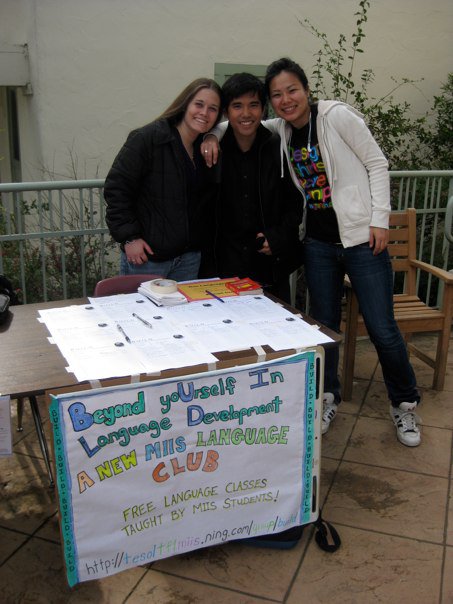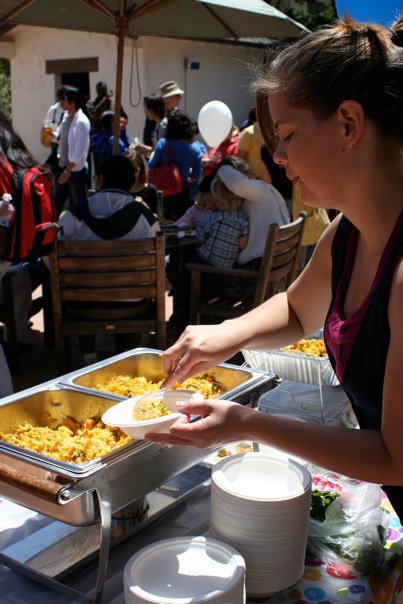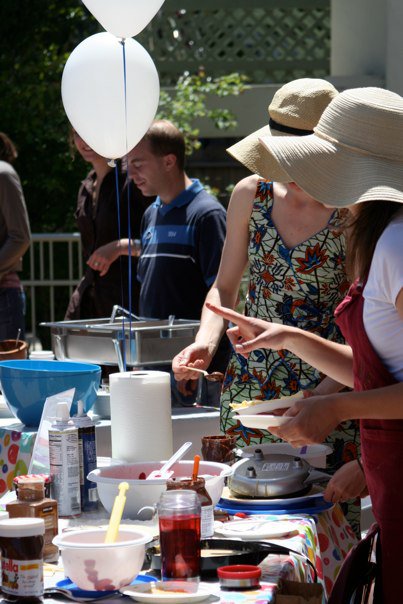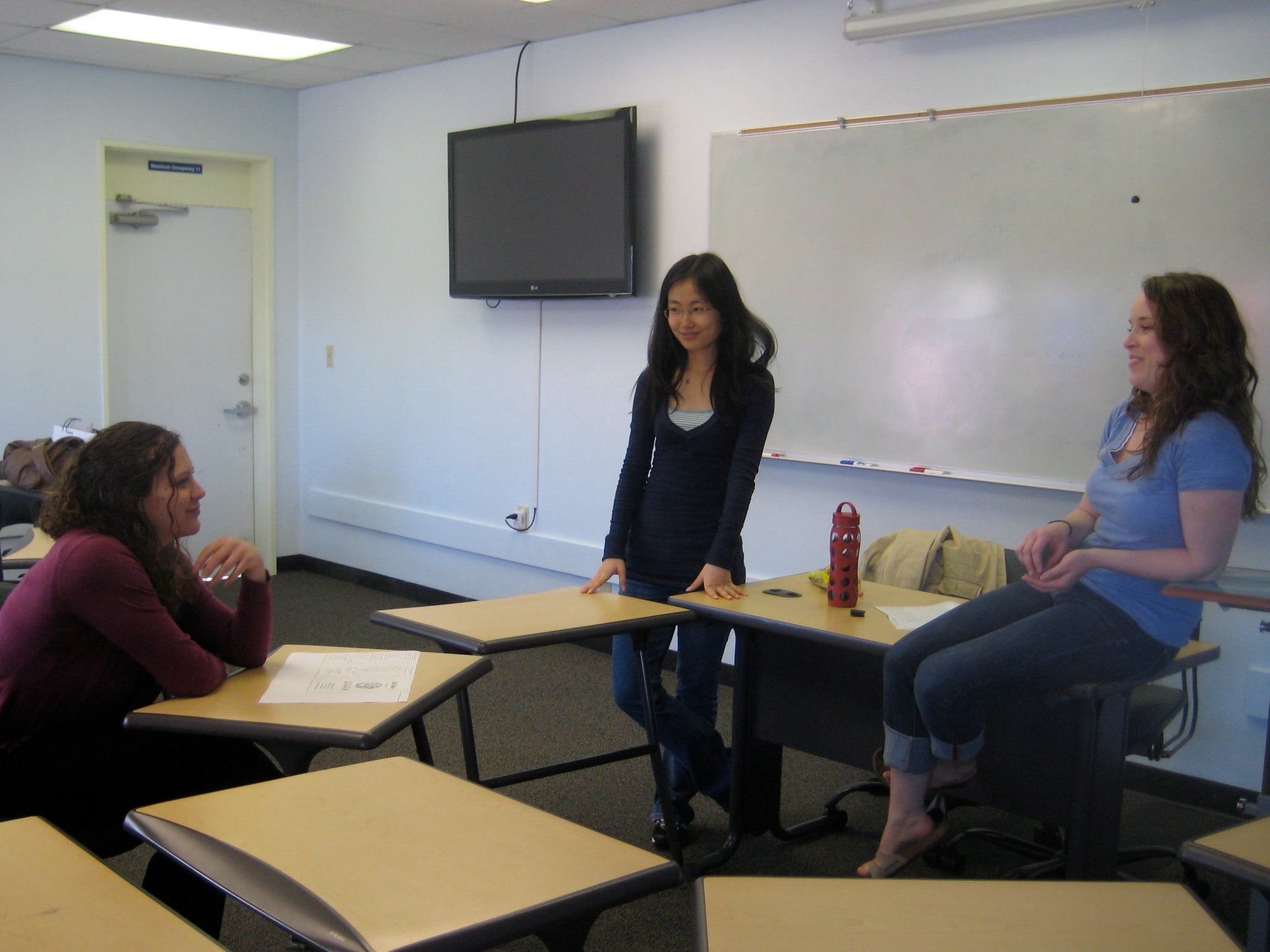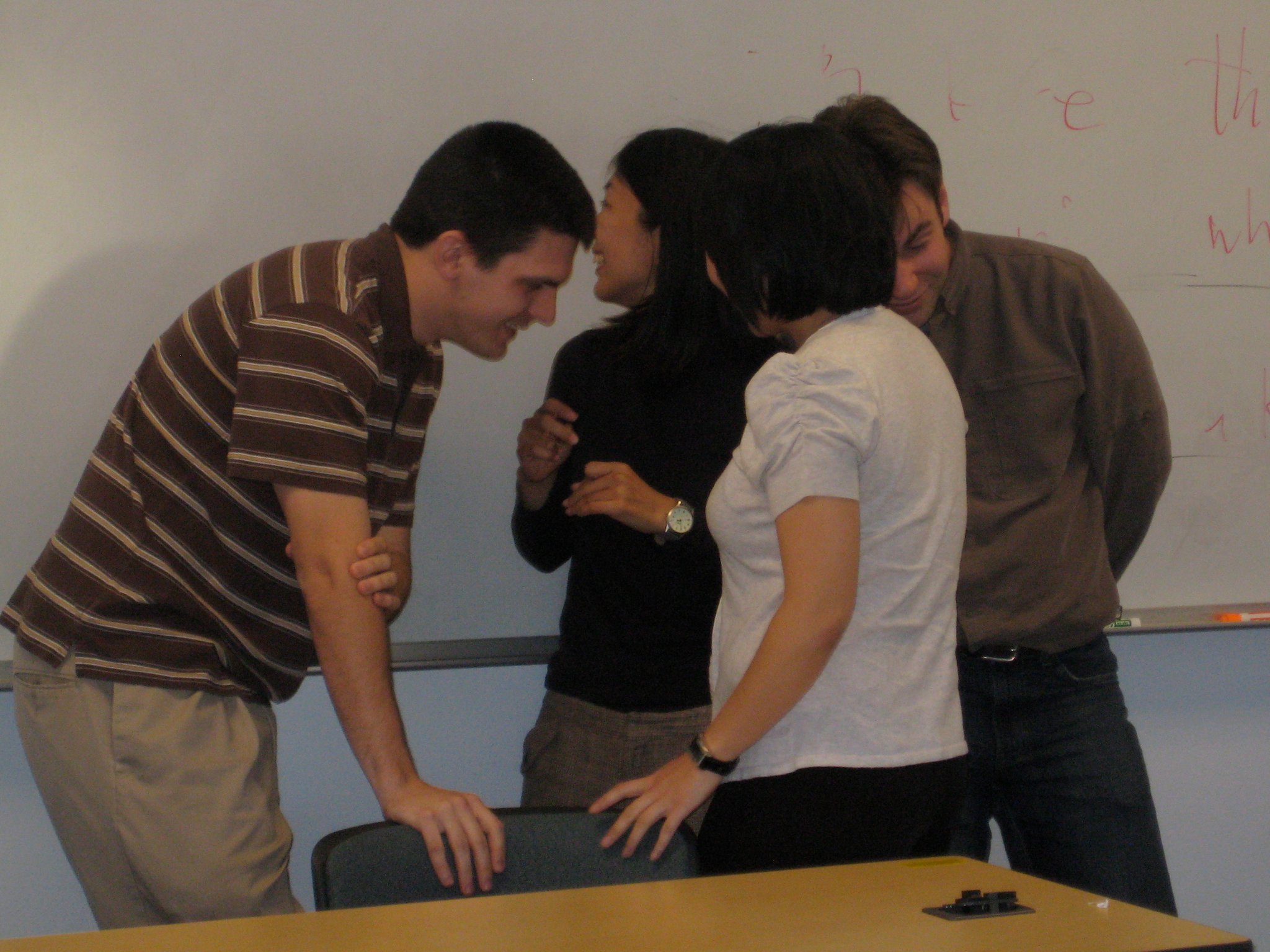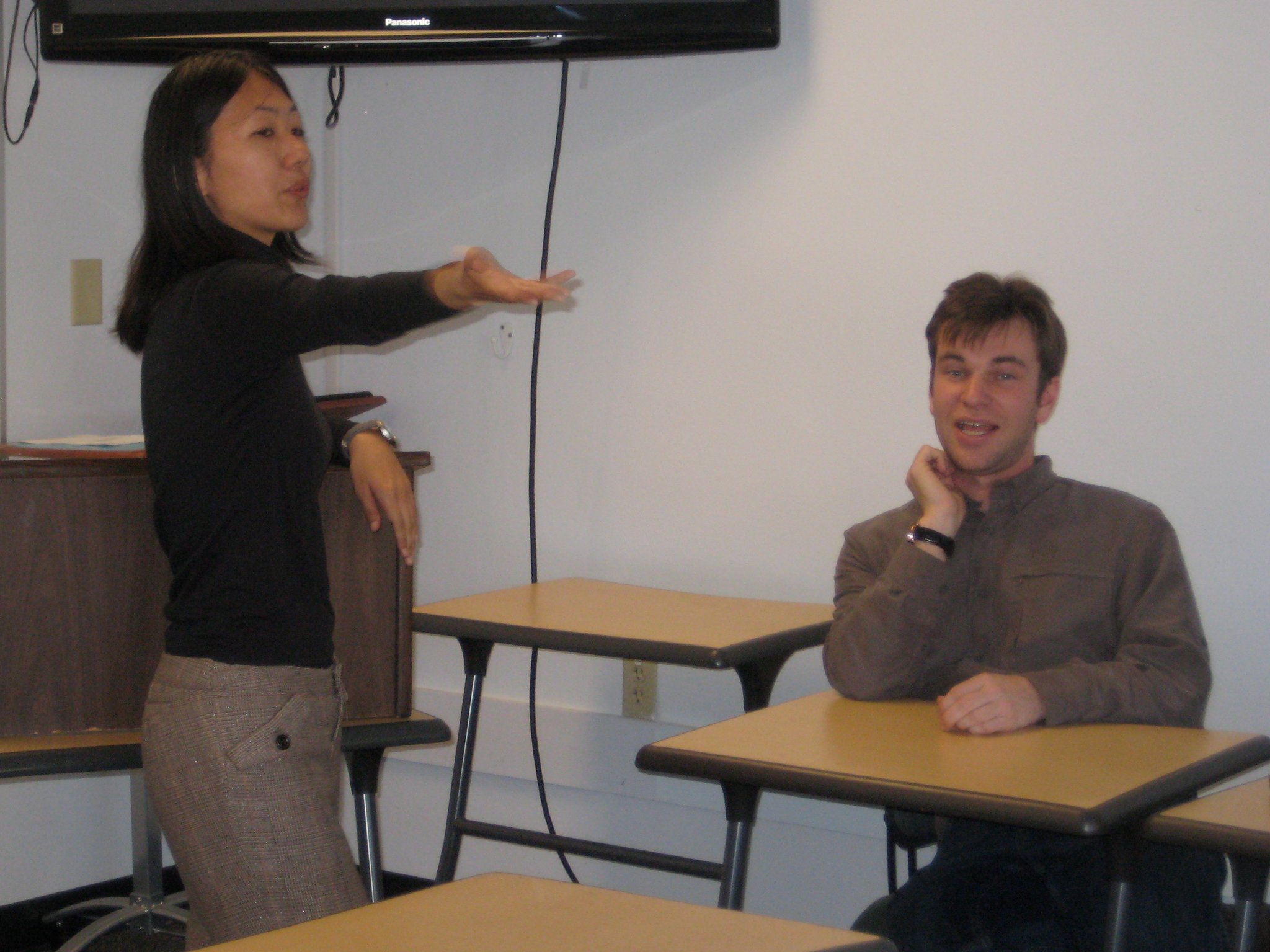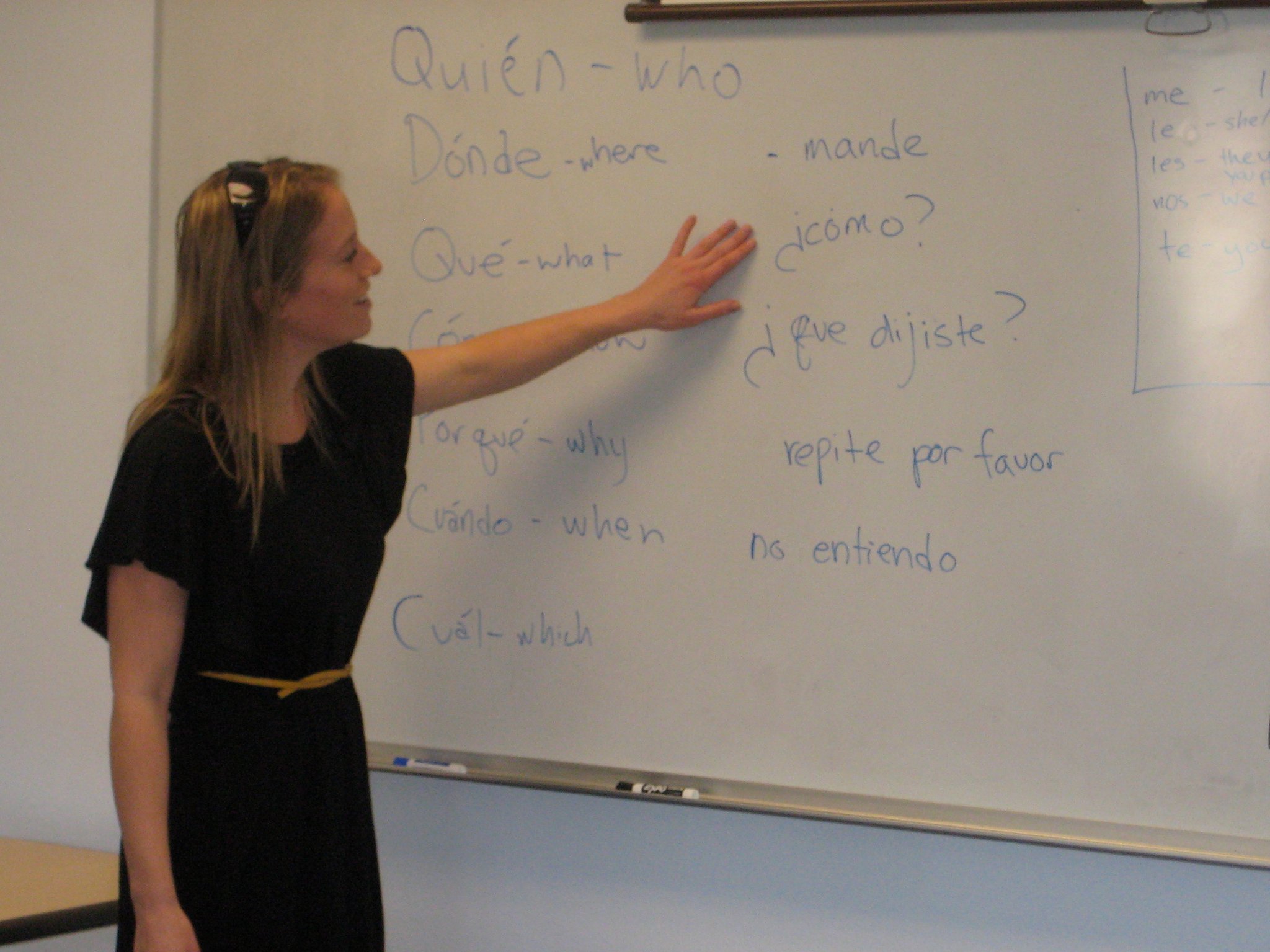Spanish 1a, Thursday (Nov 3rd 2011)
Posted in General Info, Spanish on Nov 3rd, 2011
Review:
Hola — Hello, hi
¿Cómo estás? ¿Cómo está? — How are you?
Me llamo (nombre).— My name is (name)
¿Cómo te llamas? ¿Cómo se llama usted? — What’s your name?
Mucho gusto. Encantado. — It’s a pleasure to meet you.
Muy bien, gracias — Very well, thank you.
Buenos días — Good day, good morning
Buenas tardes — Good afternoon
Buenas noches — Good night
Colors:
rojo- red
anaranjado- orange
amarillo- yellow
verde- green
azul- blue
morado- purple
negro- black
gris- gray
rosado- pink
blanco- white
Hola — Hello, hi
¿Cómo estás? ¿Cómo está? — How are you?
Me llamo (nombre).— My name is (name)
¿Cómo te llamas? ¿Cómo se llama usted? — What’s your name?
Mucho gusto. Encantado. — It’s a pleasure to meet you.
Muy bien, gracias — Very well, thank you.
Buenos días — Good day, good morning
Buenas tardes — Good afternoon
Buenas noches — Good night
Can you please speak slower? ¿Puedes hablar mas despacio, Por favor?
Can you please repeat? ¿Puedes repetir, por favor?
What did you do yesterday? ¿Que hiciste ayer?
How do you say? ¿Como se dice?
Words Tossed around in class:
Week Semana
Question Pregunta
Shirt Camisa
Blouse Blusa
Happy Feliz
Sad Triste
Thank you Gracias
Please Por Favor
Articles of clothing — Prendas de vestir
bathrobe — el albornoz
belt — el cinturón (leather belt, cinturón de cuero)
blouse — la blusa
boots — las botas
cap — la gorra, el gorro
coat — el abrigo
dress — el vestido
gloves — los guantes
hat — el sombrero
jacket — la chaqueta
jeans — los jeans, los vaqueros, los bluyines, los tejanos
miniskirt — la minifalda
pajamas — la pijama
pants, trousers — los pantalones
purse — el bolso
raincoat — el impermeable
sandal — la sandalia
shirt — la camisa
shoe — el zapato
shorts — los pantalones cortos, el short, las bermudas, los culotes
skirt — la falda
slipper — la zapatilla
sock — el calcetín
stocking — la media
suit — el traje
sweater — el suéter, el jersey, la chompa
sweatshirt — la sudadera, el pulóver (with hood, con capucha)
sweatsuit — el traje de entrenamiento
swimsuit — el bañador, el traje de baño
tennis shoe, sneaker — el zapato de tenis, el zapato de lona
tie — la corbata
T-shirt — la camiseta, la playera
underwear — la ropa interior
wristwatch — el reloj (de pulsera)


